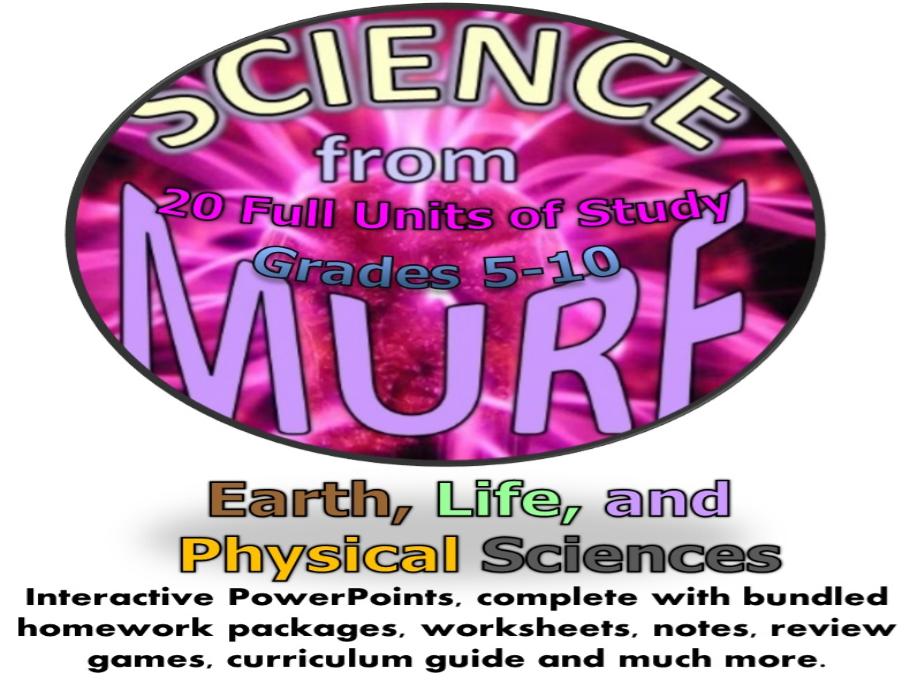
Science from Murf .LLC

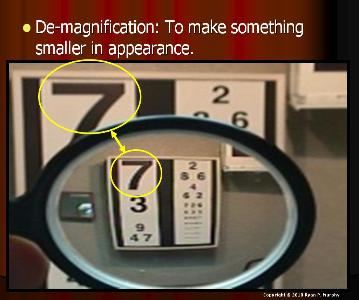
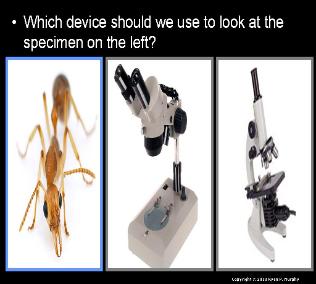

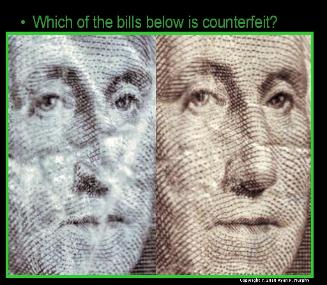
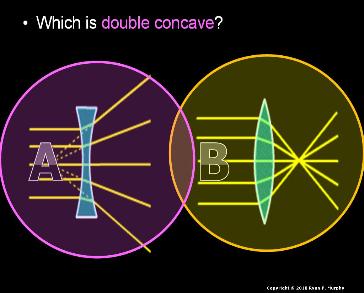
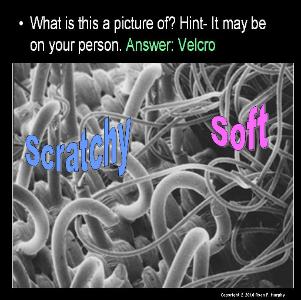
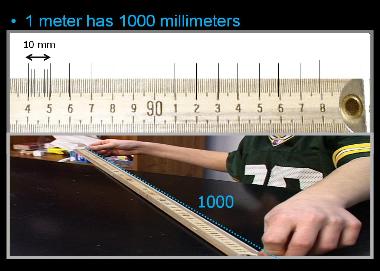
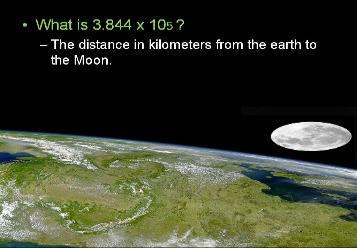


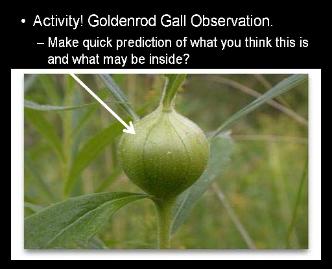


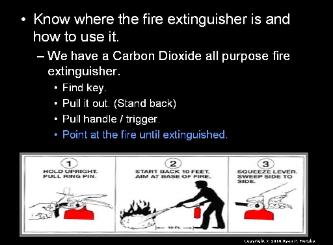


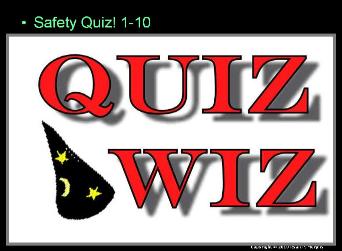


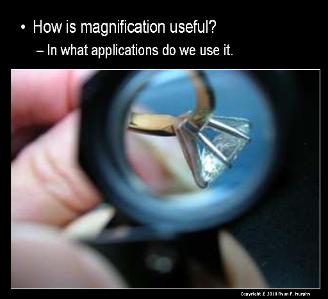
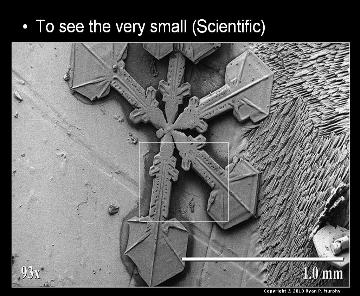





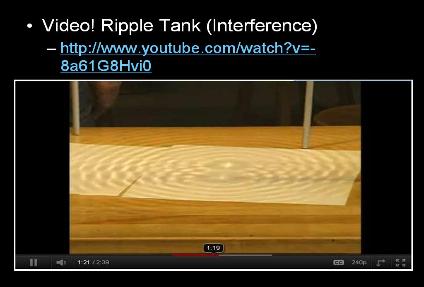
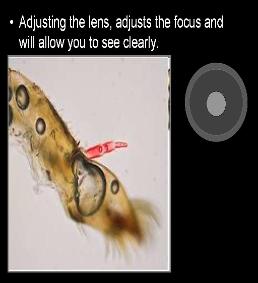



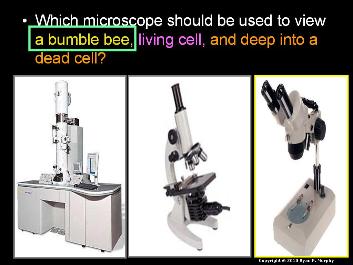

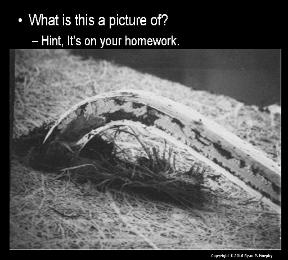
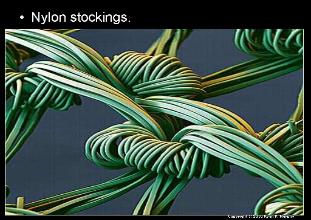
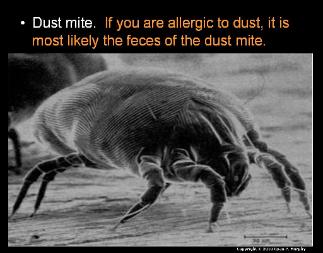

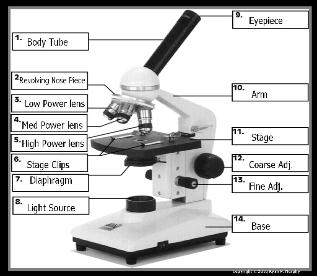
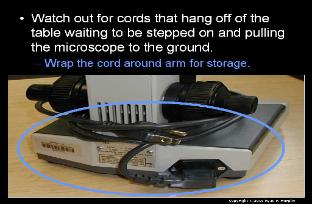
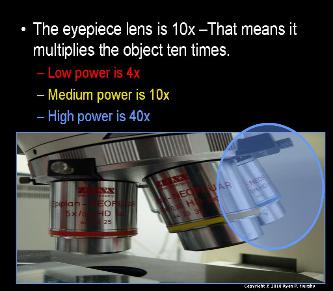
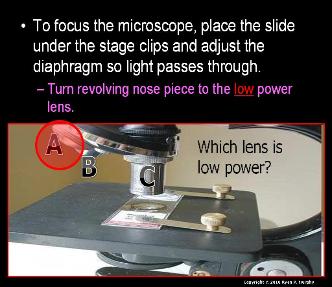
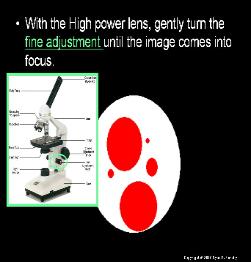

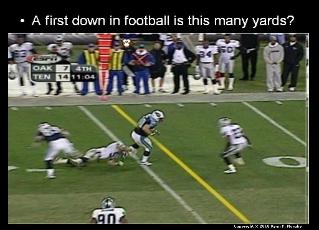
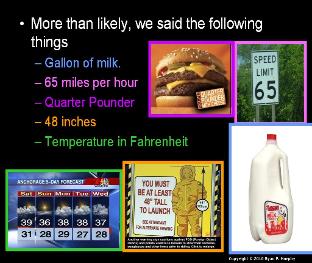
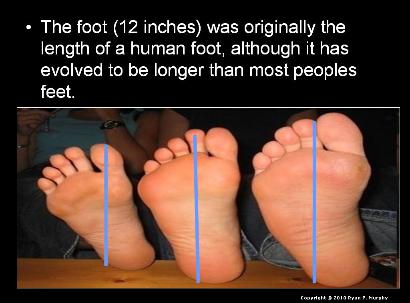

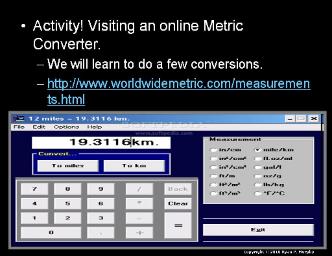










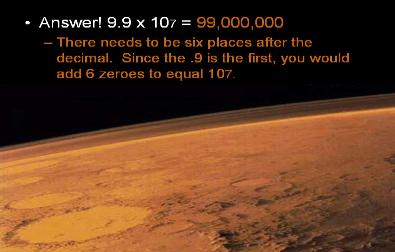


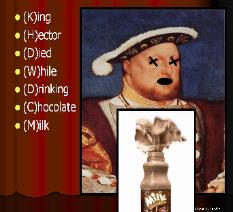
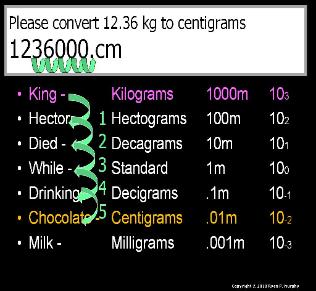
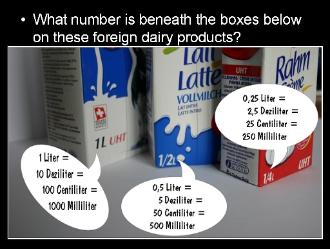

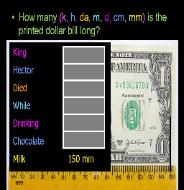
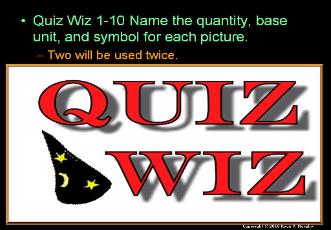
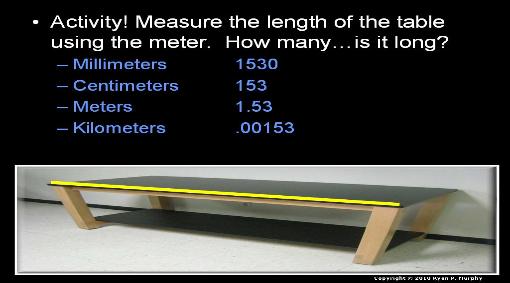

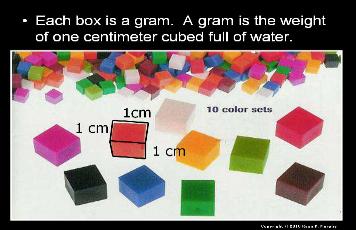
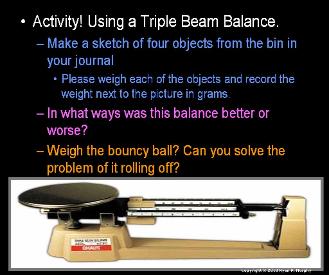

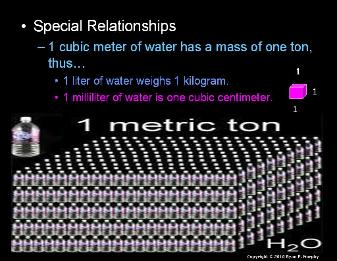
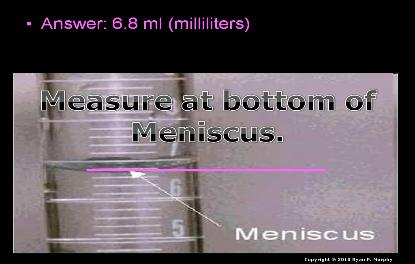

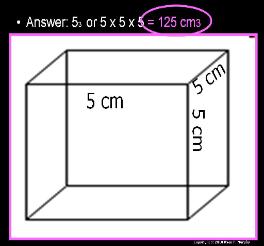

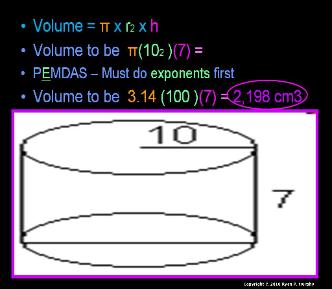
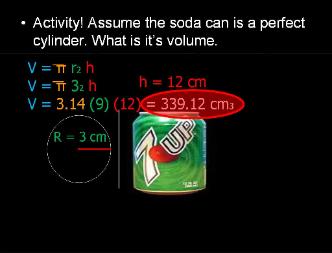
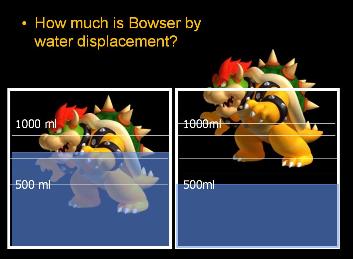
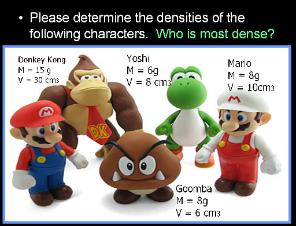

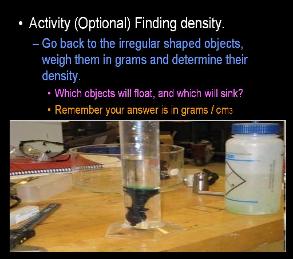
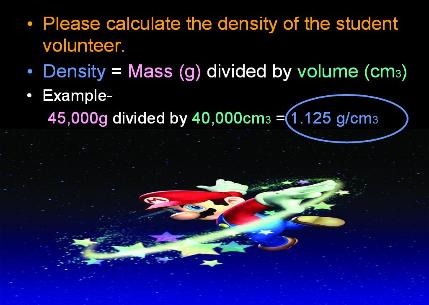

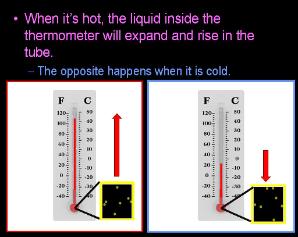




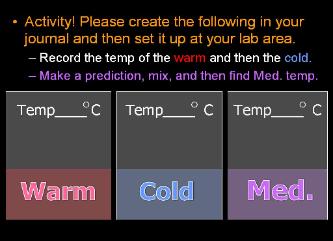
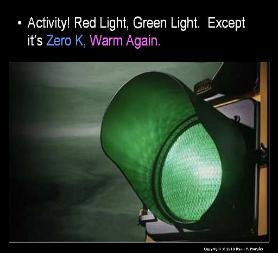



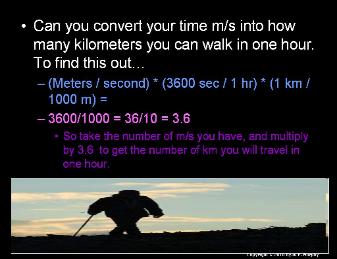




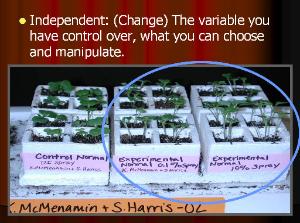
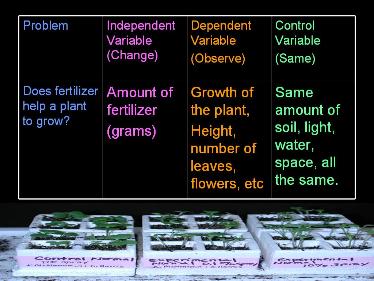

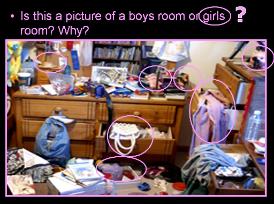
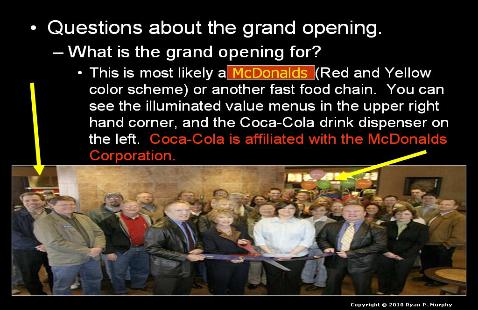




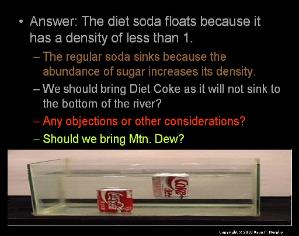

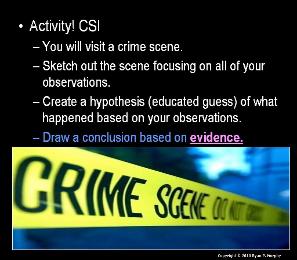

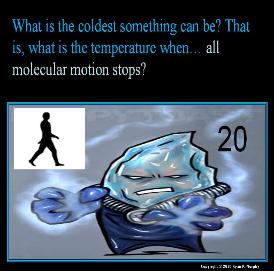

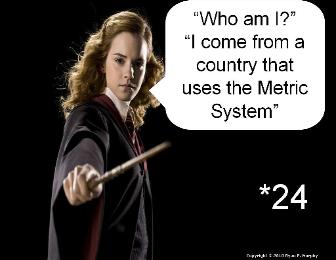
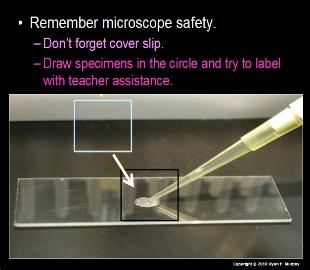


| Copyright © 2011 Science from Murf LLC. All rights reserved. |
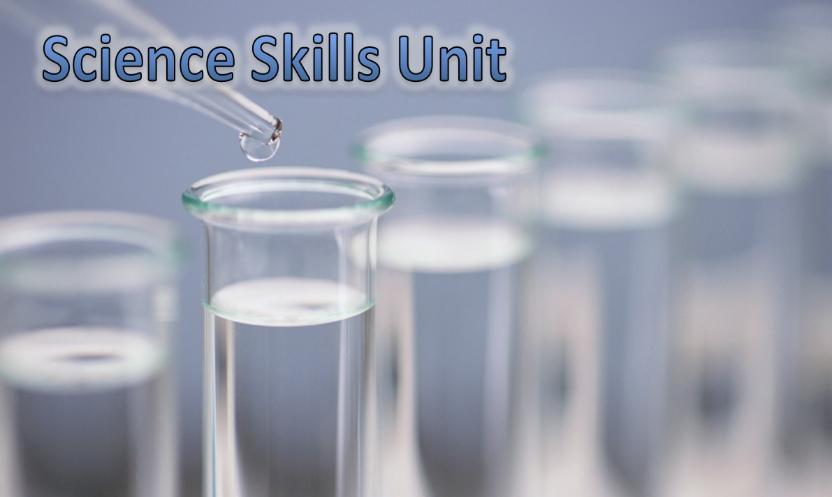
This is unit covers science topics associated
with lab safety, microscopes, magnification,
The International System of Units, scientific
notation, conversion of units, volume, density,
speed, the scientific method, inferences, and
observation skills. This unit helps set the tone
for a positive and productive year. A four part
2,700+ slide PowerPoint becomes the road
map for an amazing science experience.
Homework / classwork bundle, unit notes,
review games, and much more are included.
Everything flow chronologically and running a
unit is a snap. Learn more below
Teaching Duration = 1+ Month
with lab safety, microscopes, magnification,
The International System of Units, scientific
notation, conversion of units, volume, density,
speed, the scientific method, inferences, and
observation skills. This unit helps set the tone
for a positive and productive year. A four part
2,700+ slide PowerPoint becomes the road
map for an amazing science experience.
Homework / classwork bundle, unit notes,
review games, and much more are included.
Everything flow chronologically and running a
unit is a snap. Learn more below
Teaching Duration = 1+ Month


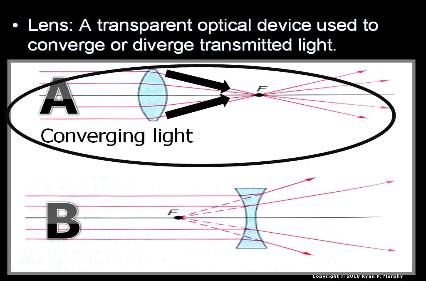
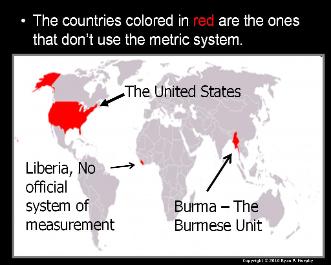
Areas of Focus within The Science Skills Unit:
Lab Safety, Lab Safety Equipment, Magnification, Microscopes, Stereoscopes, Hand Lenses,
Electron Microscopes, Compound Light Microscopes, Parts of a Compound Microscope, Metric
System, International System of Units, Scientific Notation, Conversion of Units, Base Units, Mass,
Volume, Density, Temperature, Temperature Conversions, Time, Other SI Units, Observation,
Inferences, Scientific Method, What is Science? What makes a good scientist? Types of Scientists,
Branches of Science, Scientific Method, Hypothesis, Observational Skills, Inferences.
Lab Safety, Lab Safety Equipment, Magnification, Microscopes, Stereoscopes, Hand Lenses,
Electron Microscopes, Compound Light Microscopes, Parts of a Compound Microscope, Metric
System, International System of Units, Scientific Notation, Conversion of Units, Base Units, Mass,
Volume, Density, Temperature, Temperature Conversions, Time, Other SI Units, Observation,
Inferences, Scientific Method, What is Science? What makes a good scientist? Types of Scientists,
Branches of Science, Scientific Method, Hypothesis, Observational Skills, Inferences.

| Chronologically follows the PowerPoint road map for a fantastic review of classroom lessons. |





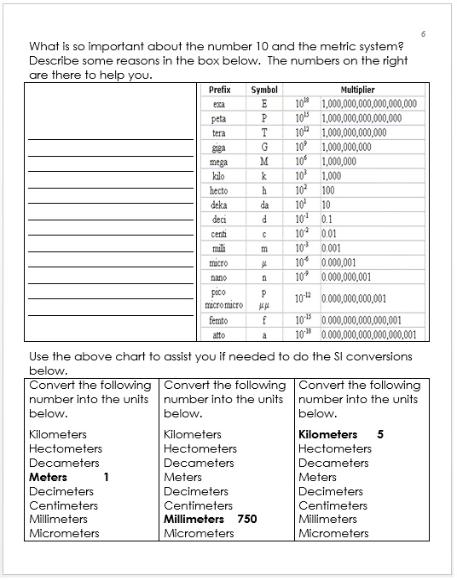
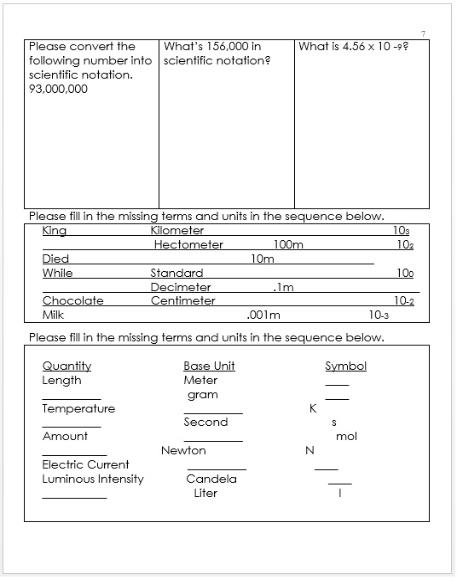
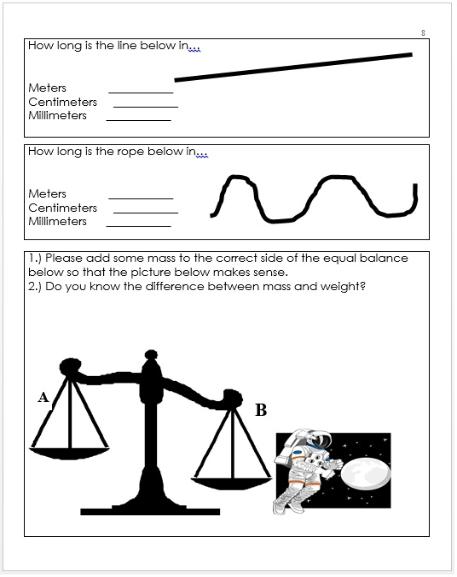




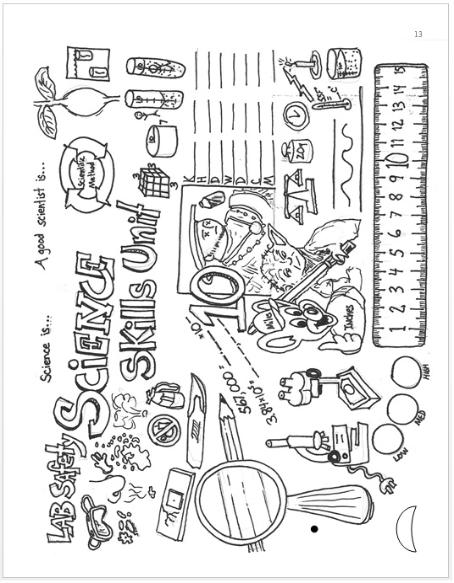
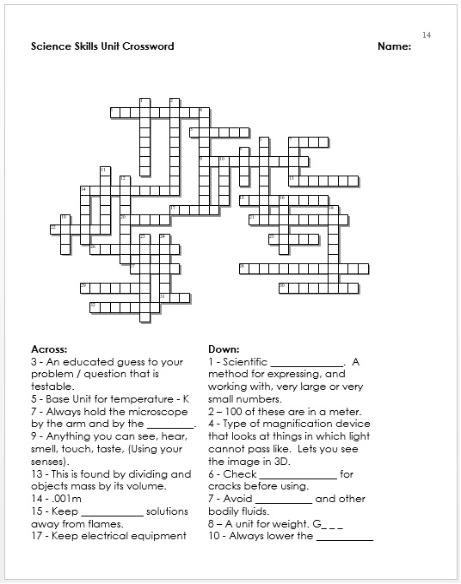

The Science Skills Unit is a great introductory unit that covers science topics associated with Lab Safety, Magnification, Base
Units of the Metric System, Scientific Notation, Volume, Density, Scientific Method, Inferences, and Observation Skills. This
unit includes an interactive and engaging Four Part PowerPoint Presentation of 2,700+ slides with built-in class notes (Red
Slides), lab activities, project ideas, discussion questions, assessments, and challenge questions with answers. Text is in
large print (32 font) and is placed at the top of each slide so it can read from all angles of a classroom. A shade technique
and color coding of text helps maintain student focus and allows teacher to control the pace of the lesson. Also included is a
16 page bundled homework / assessment that chronologically follows the PowerPoint slideshow for nightly homework or end
of the unit assessment, as well as a 9 page modified assessment. 16 pages of class notes with images are also included for
students who require assistance, as well as answer keys to both of the assessments for support professionals, teachers, and
homeschool parents. 30+ video and academic links are provided and a slide within the slideshow cues teacher / parent when
the videos are most relevant to play. Video shorts usually range from 2-7 minutes. One PowerPoint review game is included.
Answers to the PowerPoint review game are provided in PowerPoint form so students can self-assess. Several class games
such as guess the hidden picture beneath the boxes, crosswords,and the find the hidden owl somewhere within the slideshow
are provided. Difficulty rating of 6/ 10
Units of the Metric System, Scientific Notation, Volume, Density, Scientific Method, Inferences, and Observation Skills. This
unit includes an interactive and engaging Four Part PowerPoint Presentation of 2,700+ slides with built-in class notes (Red
Slides), lab activities, project ideas, discussion questions, assessments, and challenge questions with answers. Text is in
large print (32 font) and is placed at the top of each slide so it can read from all angles of a classroom. A shade technique
and color coding of text helps maintain student focus and allows teacher to control the pace of the lesson. Also included is a
16 page bundled homework / assessment that chronologically follows the PowerPoint slideshow for nightly homework or end
of the unit assessment, as well as a 9 page modified assessment. 16 pages of class notes with images are also included for
students who require assistance, as well as answer keys to both of the assessments for support professionals, teachers, and
homeschool parents. 30+ video and academic links are provided and a slide within the slideshow cues teacher / parent when
the videos are most relevant to play. Video shorts usually range from 2-7 minutes. One PowerPoint review game is included.
Answers to the PowerPoint review game are provided in PowerPoint form so students can self-assess. Several class games
such as guess the hidden picture beneath the boxes, crosswords,and the find the hidden owl somewhere within the slideshow
are provided. Difficulty rating of 6/ 10

| Chronologically Follows the PowerPoint Slide show. Great for students who require assistance and support professionals. |

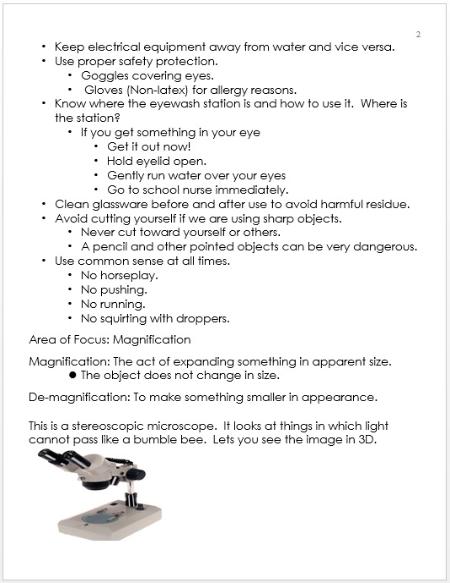

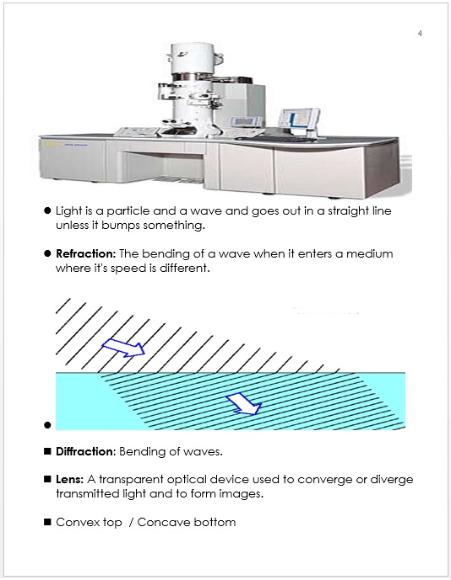

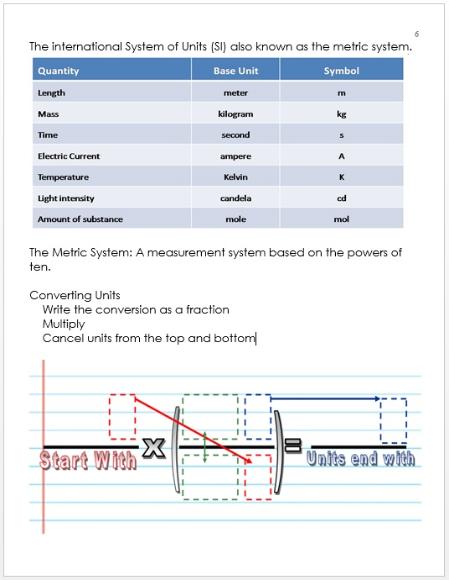
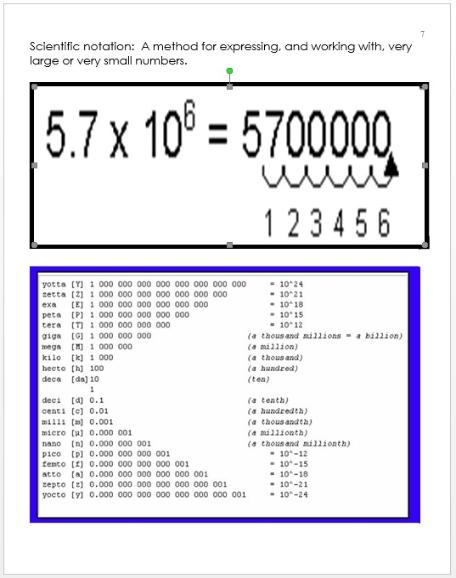
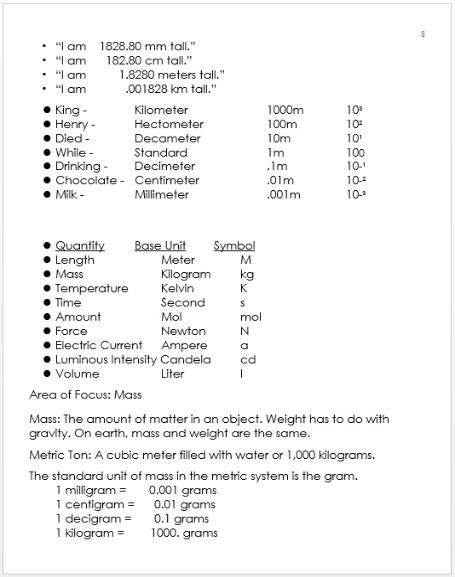

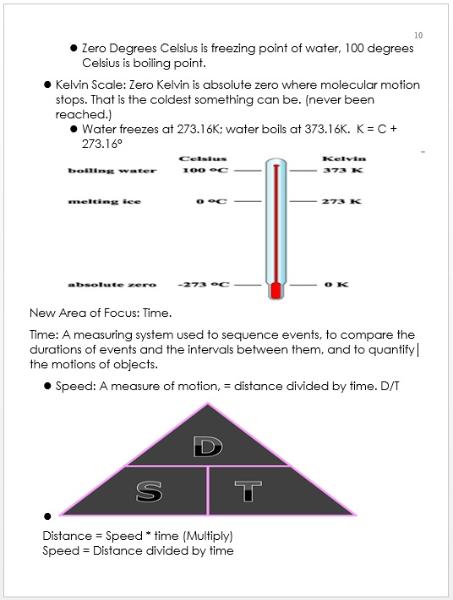



-Areas of Focus within The Introduction to Science Unit: Lab
Safety, Lab Safety Equipment, Magnification, Microscopes,
Stereoscopes, Hand Lenses, Electron Microscopes,
Compound Light Microscopes, Parts of a Compound
Microscope, Metric System, International System of Units,
Scientific Notation, Base Units, Mass, Volume, Density,
Temperature, Time, Other SI Units, Observation, Inferences,
Scientific Method, What is Science? What makes a good
scientist? Types of Scientists, Branches of Science, Scientific
Method, Hypothesis, Observations, Inferences.
Next Generation Science Standards (NGSS)
3-5.ETS1.1 (Make observation and measurements to identify
materials based on their properties).
3-5.ETS1.2 (Define a simple design problem reflecting a need or want
that included specified criteria for success with materials, time, or cost)
Safety, Lab Safety Equipment, Magnification, Microscopes,
Stereoscopes, Hand Lenses, Electron Microscopes,
Compound Light Microscopes, Parts of a Compound
Microscope, Metric System, International System of Units,
Scientific Notation, Base Units, Mass, Volume, Density,
Temperature, Time, Other SI Units, Observation, Inferences,
Scientific Method, What is Science? What makes a good
scientist? Types of Scientists, Branches of Science, Scientific
Method, Hypothesis, Observations, Inferences.
Next Generation Science Standards (NGSS)
3-5.ETS1.1 (Make observation and measurements to identify
materials based on their properties).
3-5.ETS1.2 (Define a simple design problem reflecting a need or want
that included specified criteria for success with materials, time, or cost)
3-5.ETS1.3 (Generate and compare multiple possible solution to a problem based on how well each is to meet criteria and constraints of the
problem)
HS.PS3.4 (Conduct an investigation to provide evidence that the transfer of thermal energy when two components of different temperature
are combined within a closed system results in a more uniform energy distribution among the components in the system).
• Students learn the second law of thermodynamics with visuals, step by diagrams, and video links. An activity combines hot water with
room temp water. The students make a prediction about the temperature of the combined fluid. Other activities that conduct data deal with
heat transfer.
problem)
HS.PS3.4 (Conduct an investigation to provide evidence that the transfer of thermal energy when two components of different temperature
are combined within a closed system results in a more uniform energy distribution among the components in the system).
• Students learn the second law of thermodynamics with visuals, step by diagrams, and video links. An activity combines hot water with
room temp water. The students make a prediction about the temperature of the combined fluid. Other activities that conduct data deal with
heat transfer.
Below are just a few of the typical standards that this unit addresses for those that are interested. This unit does cover many topics / standards that are not addressed
below.
●Keep a journal record of observations, recognizing patterns, summarizing findings, and reflecting on the observations.
●Perform calculations using metric measurements.
●Understand that technology is used to design tools that improve our ability to measure and observe the world.
●Recognize that learning requires more than just storage and retrieval of information and that prior knowledge needs to be tapped in order to make sense out of new
experiences or information.
●Explain that people can learn about others from direct experience, from the media, and from listening to others talk about their life and work.
●Provide examples of how humans make judgments about new situations based on memories of past experiences.
●Recognize, and with assistance, safely demonstrate the use of tools to gather data and extend the senses, such as thermometers, hand lenses and balances.
●Make observations and explore materials using all of their senses (one sense at a time).
●Extend the senses using simple tools.
●Make and record observations for a given purpose.
●Differentiate between observations and inferences.
●Record observations using standard units of measurement.
●Classify according to several attributes and describe or show the method for classification.
●Plan a step-by-step process to solve a practical problem or to carry out a “fair test” of a simple scientific question.
●Select an activity and justify it as an effective means of collecting appropriate data.
●Follow a set of procedures.
●Plan and test ideas through guided experiments.
●Identify and use appropriate tools.
●Represent and interpret information and observations in many ways (such as in tally, pictographs, bar graphs, tables).
●Compile and display data in a variety of formats.
●Cite evidence or data to support conclusions.
●Determine if an observation or measurement supports a given scientific explanation.
●Draw a conclusion to answer an initial question, based on the evidence collected.
●Recognize that information can be obtained merely by careful observation, but sometimes even more data can be collected by conducting scientific investigations.
●Know when comparisons might not be fair because some conditions are not kept the same.
●Explain that scientific investigations may take many different forms, including observing what things are like or what is happening somewhere, collecting specimens
for analysis, and doing experiments; and that investigations can focus on physical, biological, and social questions.
●Observe that some small changes can be detected by taking measurements.
●Be able to complete an assigned task when given a specific role in a group.
●Develop questions based upon their observations about the natural world and design a simple investigation.
●Use a variety of tools and formats (oral presentations, journals, and multimedia presentations) to summarize and communicate the results of observations.
●Organize observations and data into tables, charts and graphs.
●Use appropriate tools to accurately collect and record both qualitative and quantitative data gathered through observations (e.g., temperature probes, electronic
balances, spring scales, microscopes, stop watches).
●Determine the degree of accuracy that can be obtained using a given instrument.
Investigate similarities and differences noted when making observations.
●Ask questions about relationships between and among observable variables.
Identify the manipulated, responding and controlled variables in an experiment.
●Design a controlled experiment, identifying and controlling the major variables.
●Use appropriate tools to gather data as part of an investigation (e.g., ruler, meter stick, thermometer, spring scale, graduated cylinder, calipers, balance, probes,
microscopes).
●Follow the teacher’s instructions in performing experiments, following all appropriate safety rules and procedures.
●Draw appropriate conclusions regarding the scientific question under investigation, based on the data collected.
●Determine if the results of an experiment support or refute the scientific idea tested.
●Describe how scientific investigations usually involve the collection of relevant evidence, the use of logical reasoning, and the application of imagination in devising
hypotheses and explanations to make sense of the collected evidence.
below.
●Keep a journal record of observations, recognizing patterns, summarizing findings, and reflecting on the observations.
●Perform calculations using metric measurements.
●Understand that technology is used to design tools that improve our ability to measure and observe the world.
●Recognize that learning requires more than just storage and retrieval of information and that prior knowledge needs to be tapped in order to make sense out of new
experiences or information.
●Explain that people can learn about others from direct experience, from the media, and from listening to others talk about their life and work.
●Provide examples of how humans make judgments about new situations based on memories of past experiences.
●Recognize, and with assistance, safely demonstrate the use of tools to gather data and extend the senses, such as thermometers, hand lenses and balances.
●Make observations and explore materials using all of their senses (one sense at a time).
●Extend the senses using simple tools.
●Make and record observations for a given purpose.
●Differentiate between observations and inferences.
●Record observations using standard units of measurement.
●Classify according to several attributes and describe or show the method for classification.
●Plan a step-by-step process to solve a practical problem or to carry out a “fair test” of a simple scientific question.
●Select an activity and justify it as an effective means of collecting appropriate data.
●Follow a set of procedures.
●Plan and test ideas through guided experiments.
●Identify and use appropriate tools.
●Represent and interpret information and observations in many ways (such as in tally, pictographs, bar graphs, tables).
●Compile and display data in a variety of formats.
●Cite evidence or data to support conclusions.
●Determine if an observation or measurement supports a given scientific explanation.
●Draw a conclusion to answer an initial question, based on the evidence collected.
●Recognize that information can be obtained merely by careful observation, but sometimes even more data can be collected by conducting scientific investigations.
●Know when comparisons might not be fair because some conditions are not kept the same.
●Explain that scientific investigations may take many different forms, including observing what things are like or what is happening somewhere, collecting specimens
for analysis, and doing experiments; and that investigations can focus on physical, biological, and social questions.
●Observe that some small changes can be detected by taking measurements.
●Be able to complete an assigned task when given a specific role in a group.
●Develop questions based upon their observations about the natural world and design a simple investigation.
●Use a variety of tools and formats (oral presentations, journals, and multimedia presentations) to summarize and communicate the results of observations.
●Organize observations and data into tables, charts and graphs.
●Use appropriate tools to accurately collect and record both qualitative and quantitative data gathered through observations (e.g., temperature probes, electronic
balances, spring scales, microscopes, stop watches).
●Determine the degree of accuracy that can be obtained using a given instrument.
Investigate similarities and differences noted when making observations.
●Ask questions about relationships between and among observable variables.
Identify the manipulated, responding and controlled variables in an experiment.
●Design a controlled experiment, identifying and controlling the major variables.
●Use appropriate tools to gather data as part of an investigation (e.g., ruler, meter stick, thermometer, spring scale, graduated cylinder, calipers, balance, probes,
microscopes).
●Follow the teacher’s instructions in performing experiments, following all appropriate safety rules and procedures.
●Draw appropriate conclusions regarding the scientific question under investigation, based on the data collected.
●Determine if the results of an experiment support or refute the scientific idea tested.
●Describe how scientific investigations usually involve the collection of relevant evidence, the use of logical reasoning, and the application of imagination in devising
hypotheses and explanations to make sense of the collected evidence.


| This quiz game with built-in answers is found at the end of the section for a nice review |

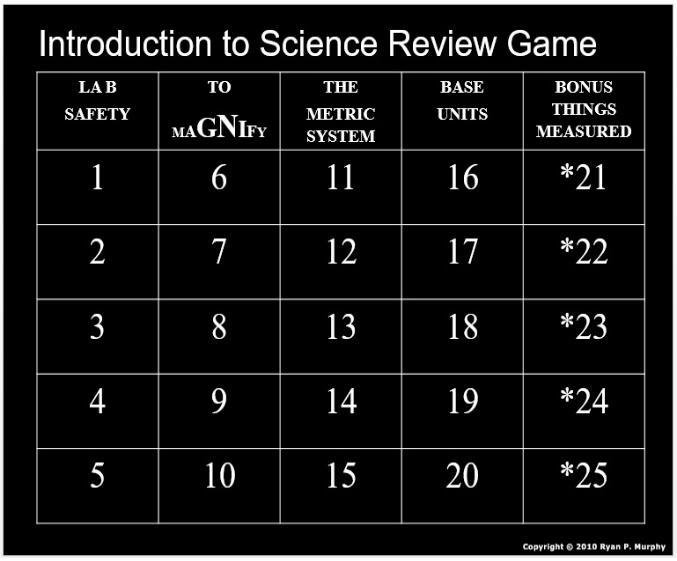

Dear Valued Educator,
Shortly after purchase a download link will automatically be sent to your email address from PayLoadz.com. This is a safe
and secure company that specializes in delivering large digital files. If you have any questions please feel free to contact me.
Thank you for visiting this website.
Sincerely,
Science from Murf .LLC
www.sciencepowerpoint@gmail.com
Shortly after purchase a download link will automatically be sent to your email address from PayLoadz.com. This is a safe
and secure company that specializes in delivering large digital files. If you have any questions please feel free to contact me.
Thank you for visiting this website.
Sincerely,
Science from Murf .LLC
www.sciencepowerpoint@gmail.com
Instant Download for the Science Skills Unit $24.99
Entire Curriculum (All 20 Units of Study) Instant Download Link $199.99
Physical Science Curriculum (4 Units of Study) Instant Download $64.99
Visit my Pinterest Page
